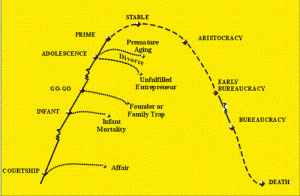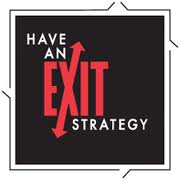
Clearly, I understand the spirit of pledging support for the victims of these massacres by posting “I am Charlie” or “I am Paris” on a Facebook page. What strikes me about this movement was how quickly society unites with a cause without even knowing very much about the cause. For example, how many people on Facebook really know Charlie Hebdo and what it stands for?
Observing this mass migration to a cause made me think “I wonder how many people would be willing to post an allegiance to their employer—“Je suis Home Depot” or “Je suis UPS”? And, not just post pictures with the colors of their employer draped over their faces, but really believe in their allegiance to the point where they are proud, 52 weeks a year, to be associated with what their employer stands for. We tend to forget the importance of our employer and the impact they have on our lives—until of course tragedy strikes.
- Take pride in your employer. Find a reason to salute your employer everyday of the year. Be proud of what they stand for and share something good about them on social media.
- Pledge allegiance to your company by making it more successful. Make a tangible difference with your employer and share that success on social media, regardless of its news worthiness. Don’t follow what is trending—be a trend setter.
- If you are in a Senior Leadership role with a Company—make certain your standards are exemplary such that employees want to wrap themselves inside the colors of your Brand. And, if your associates can’t say “I am _______________ (fill in your company name)”, ask yourself why and change it.










 RSS Feed
RSS Feed